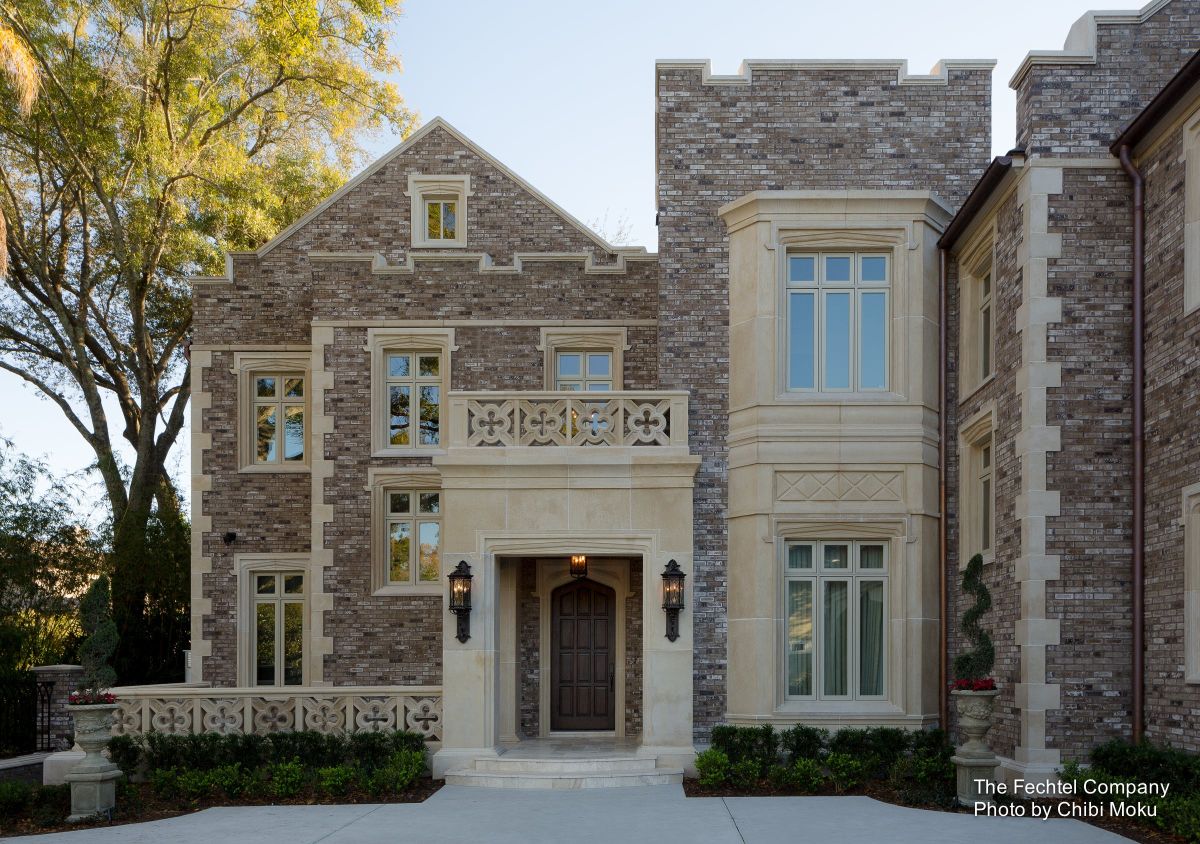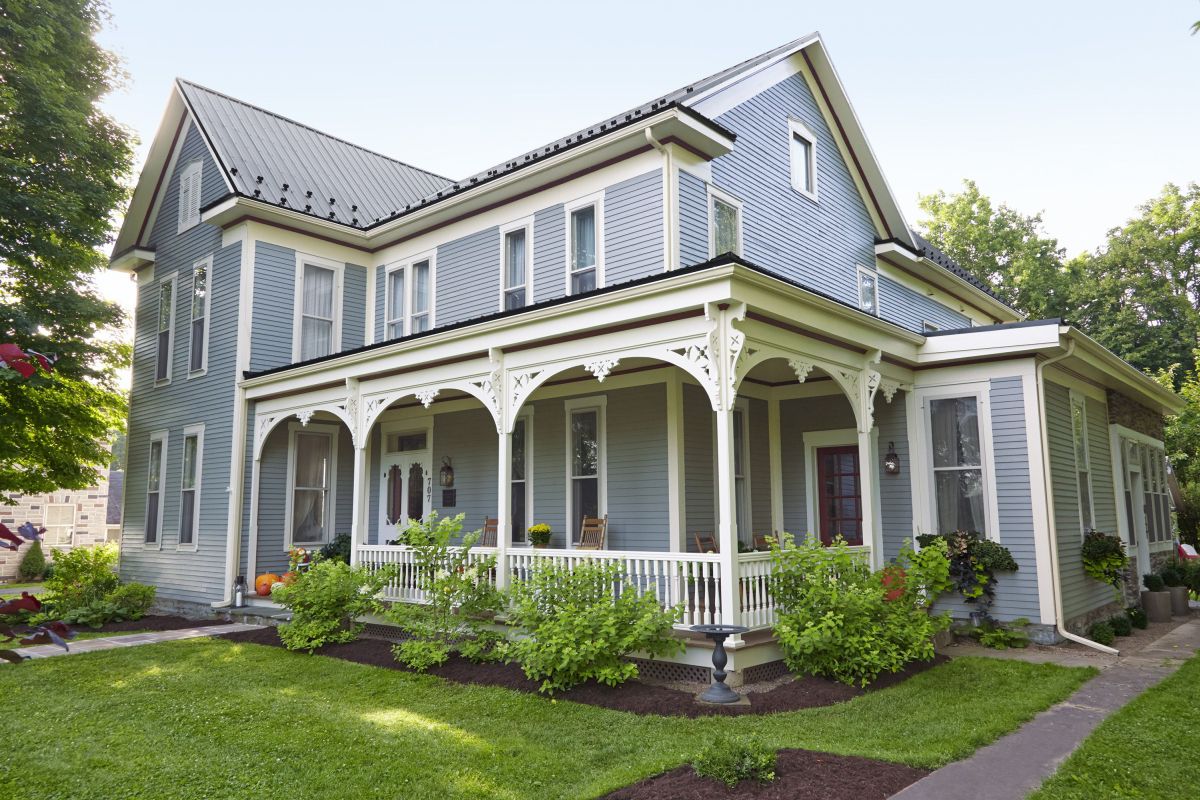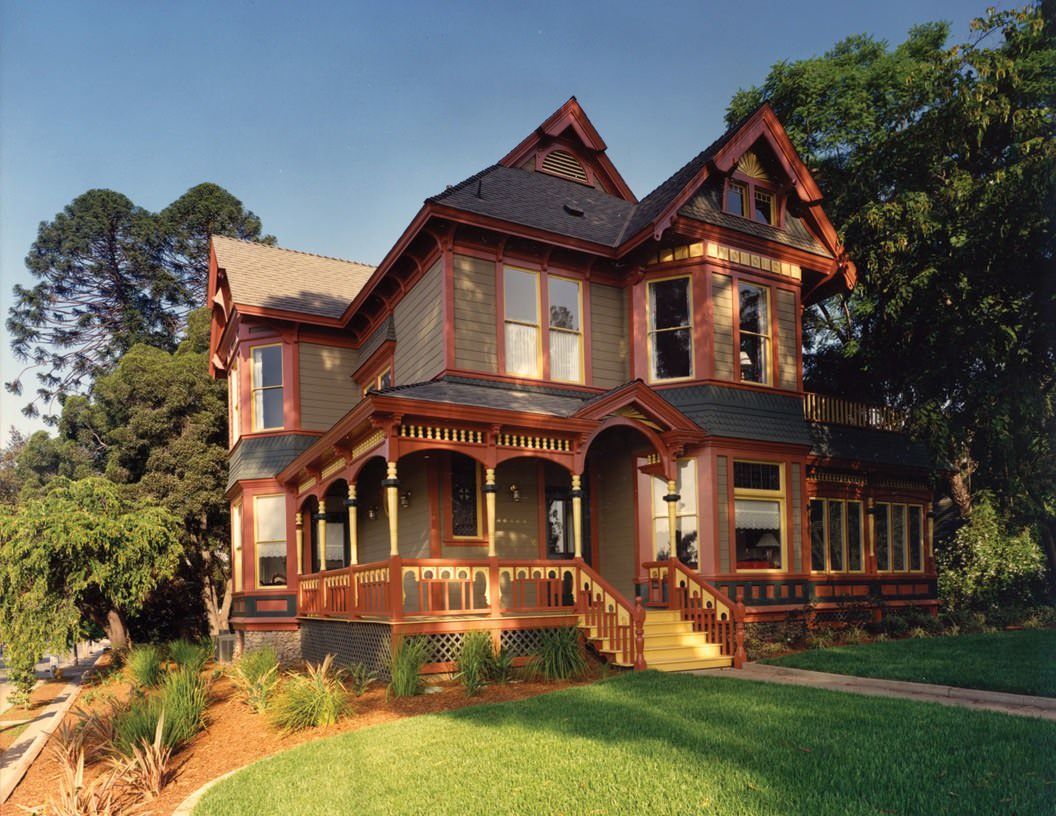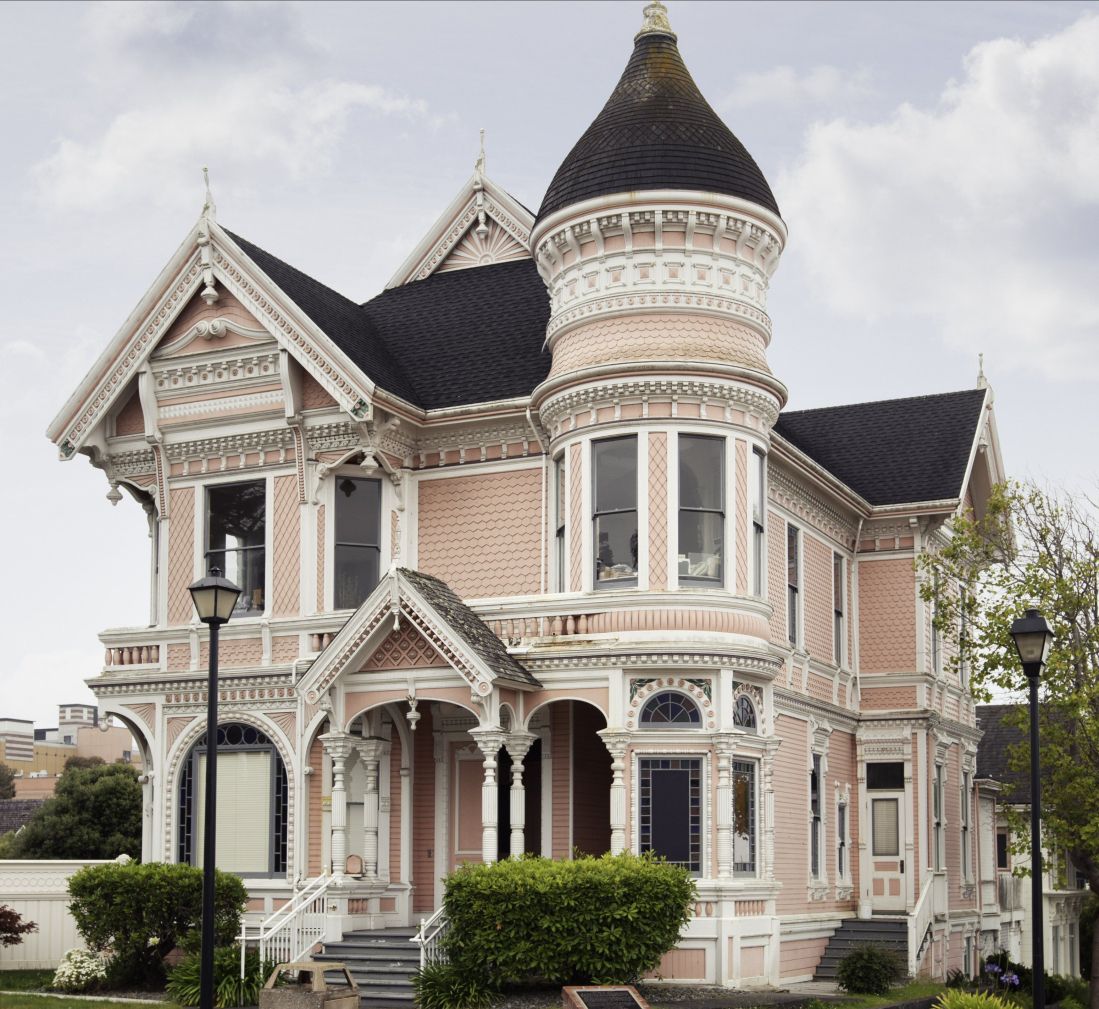As you drive around the historic neighborhoods of American cities and towns, you’ll see a lot of old houses. Big windows peer out at you, some with curtains and some without. Large trees will shade the front yard, kept and overgrown flowerbeds alike. There might be a young family drawing with chalk along the sidewalk or an old couple sitting on the porch swing. Or you might find missing shingles and chipping paint. But no matter what shape the houses are in in these idyllic neighborhoods, someone will inevitably tell you that these houses are Victorian.
At first you might nod in agreement but have you never noticed how so many houses labeled “Victorian” look so dissimilar? There is a reason for that. It turns out that there is no one particular “Victorian style”! Homes built between 1840 and 1900 are called Victorian due to the time period but depending on the style, they also have another subcategory. There are ten of these subcategories for Victorian homes so let’s peruse them one at a time. Then you’ll be able to give your friends the correct style of an old home next time you’re cruising through a historic neighborhood.
Italianate Style



Heading the front of the Victorian era were the Italianate style homes. Inspired by the villas of Italy, these houses had low roofs with wide eaves. Some of the more traditional homes had towering columns or posts on the front porch and almost always, you could find ornamental brackets tucked against the eaves. If you got really lucky, your Italianate home would have a tower off the top, whispering of the forgone Italian belvedere. A house like this would expect you to serve bread and cheese at every meal, preferably on the veranda.
Gothic Revival Style



Around the same time period, the Gothic Revival style was also popular. Architects drew from Medieval styles like pointed windows, towers and decorative details. Some of these homes looked like miniature castles, worthy of Count Dracula himself. And while you can find homes in this style, you can easily find Gothic Revival churches. Famous buildings like Cathedral Church of St. John the Divine in New York City and Trinity Church in Boston are all wonderful examples of the style.
Queen Anne Style



Remember that house in the old neighborhood that you practically drooled over? It was probably a Queen Anne style home. These stately houses were popularized in the 1870’s by Scottish architect Norman Shaw. Deep sprawling porches invited you to sit for some lemonade in the summertime. Towers softened the corners of the home and white trim gave a charming air detail to the rest. Some say that it was the uniqueness of the Queen Anne style that kickstarted the Arts and Crafts Movement.
Folk Style



The vast majority of houses in America’s historic neighborhoods can be categorized as Folk style. Basically, the architects took a classic farmhouse and added Victorian elements from other styles to make it fit with the time period. You’ll usually find the large windows, borrowed from the Gothic Revival. Maybe you’ll get some fancy woodwork, inspired by an Eastlake. But no matter what details were thrown on top, underneath you’ll discover a sturdy, practical home that works for modern families as well as the ones gone by.
Shingle Style



What do you do when it’s hot and humid where you live? You go stay at your vacation home. Or at least that’s what the rich did back in the 1870’s. Shingle style homes were built mostly in coastal areas and served as escapes for the rich of America. Eschewing details and frippery, you won’t find the usual decorative accents of Victorian homes here. Covered in shingles, these dwellings made an austere appearance but they were definitely more informal than your average neighborhood Victorian. Just where you want to go when its one hundred degrees and sticky outside.
Stick Style



If regular trim wasn’t enough, by the 1890’s, architects were using wood to create patterns and designs on the exterior of a Victorian home. Called stickwork, the style was created to mimic the half timbered Tudor homes of the time. Usually you wouldn’t just find a grid though. The stickwork on these Stick style houses was elaborate, adding pattern and texture to an otherwise plain home. It made sense that the lines between styles blurred because you might see this pattern mixed with towers or Gothic elements.
Mansard Style



While a first glance might tell you it’s an Italianate style house, you’ll quickly change your mind if you look up. Mansard style houses all got their label from the roof. Also called Second Empire style, the roofs on these dwellings are high and double pitched. Those that live there consider their shingles extra carefully because they will definitely be noticed. They might also have dormer windows that allude to a third storey since these tall roofs made vertical additions easy.
Richardsonian Style



When they needed a scary house in the old films, they would often find themselves a Richardsonian style home to work with. These big houses built from stone resembled tiny castles. Though much plainer than their Gothic counterparts, these homes were no less intimidating. It might be why architects commonly used the style on public buildings like churches, hospitals and museums. You might even recognize the style from your own town’s courthouse.
Eastlake Style



Another style that blurred the lines of Victorian homes is the Eastlake style home. Invented by Charles Eastlake, this style is all about the details. Fancy woodwork around the porch of a Victorian house. Pattern at the eaves and spindle supports. Everything about it speaks lavishly of the home inside but stripped away, you’d find a Queen Anne style or Folk style home.
Octagonal Style



In the mid 1850’s, architects were building eight sided homes, the Octagonal style. For some reason, it was assumed that an eight sided home would give the interior better light and ventilation. Why? Who knows. But there is often a porch that wraps around the entire house and you have to admit, an eight sided house gives you twice as much opportunity for landscaping. These houses are rare as their popularity was fleeting and they are a lovely reminder of the ingenuity and skill of Victorian architects.




No comments:
Post a Comment